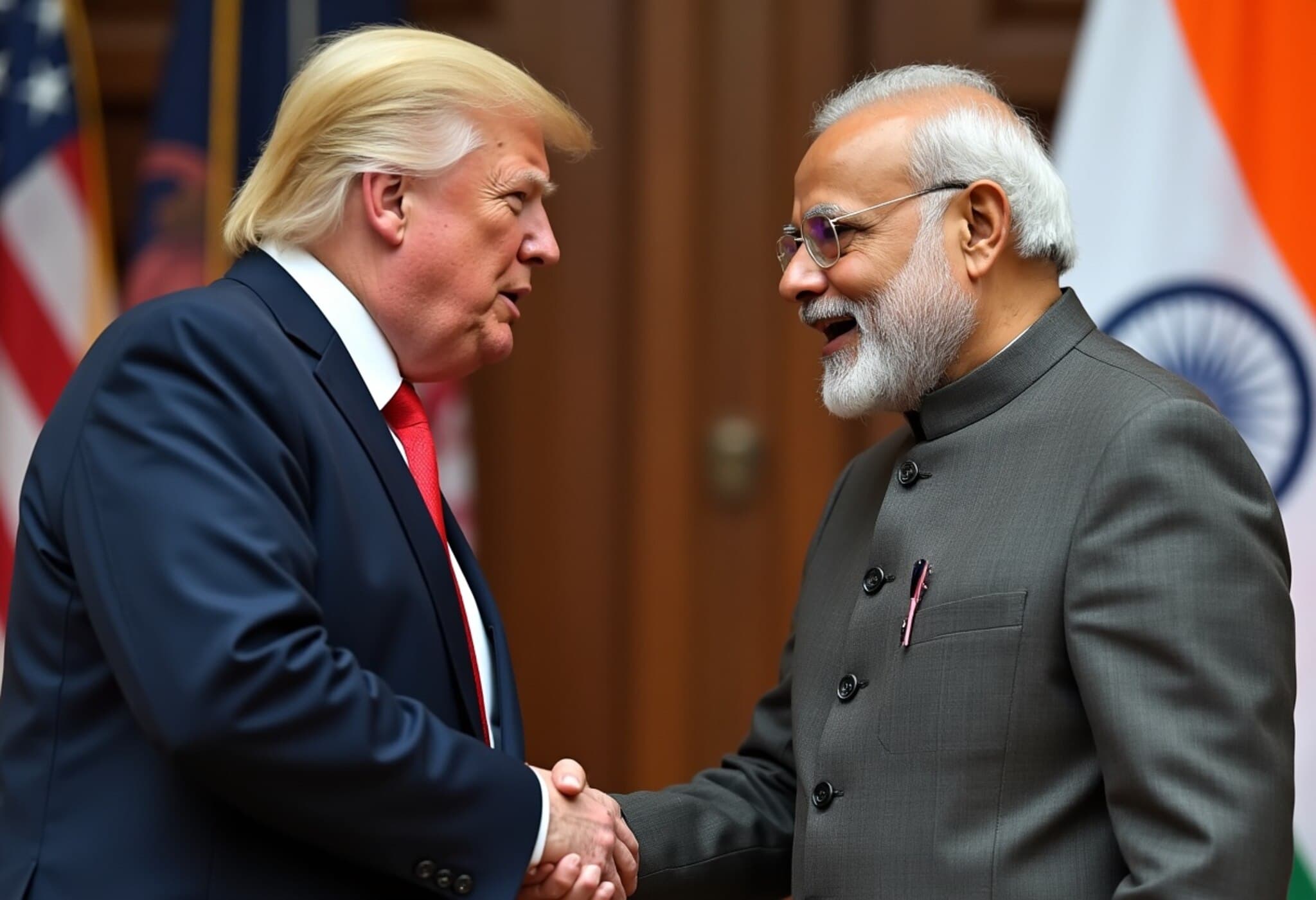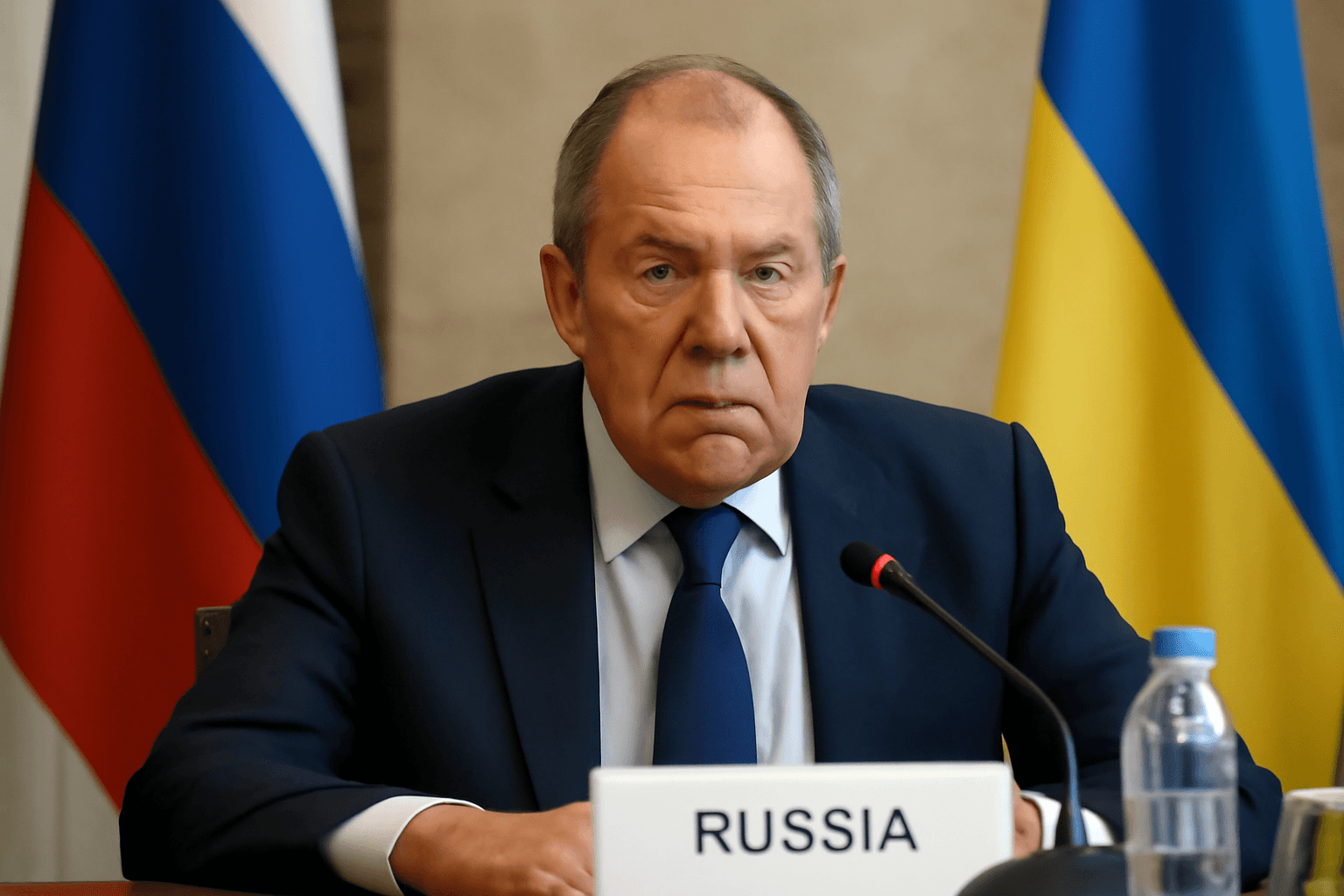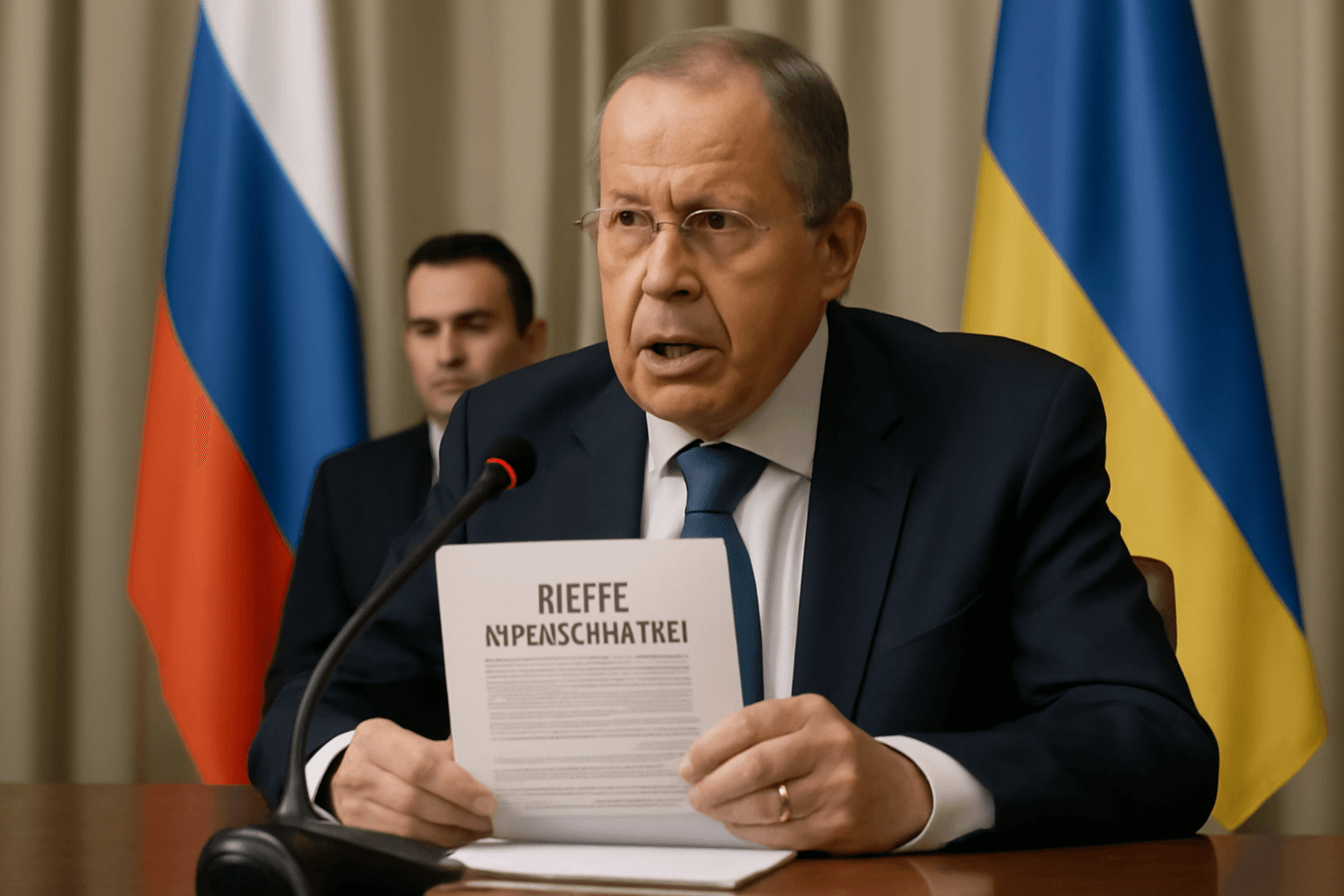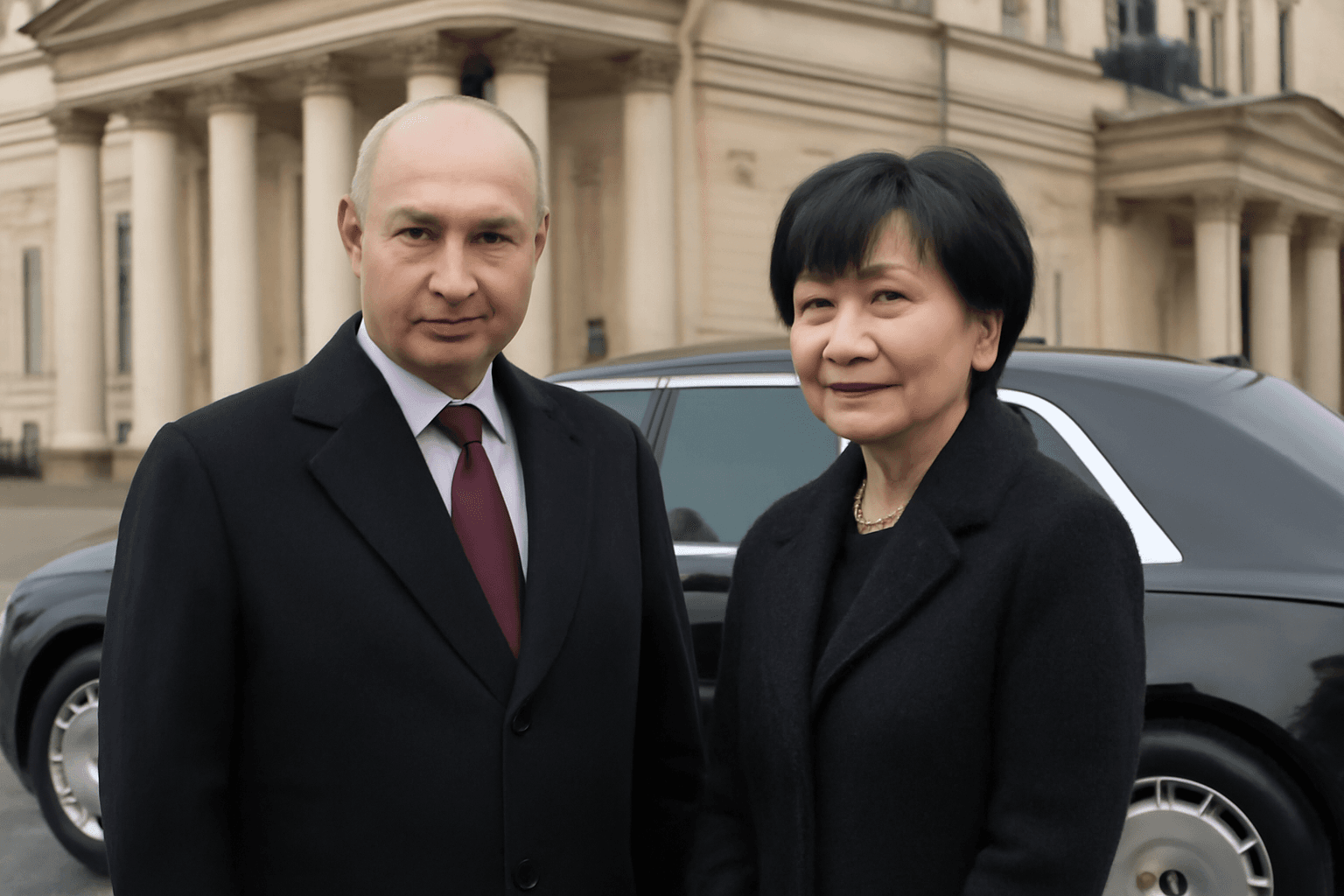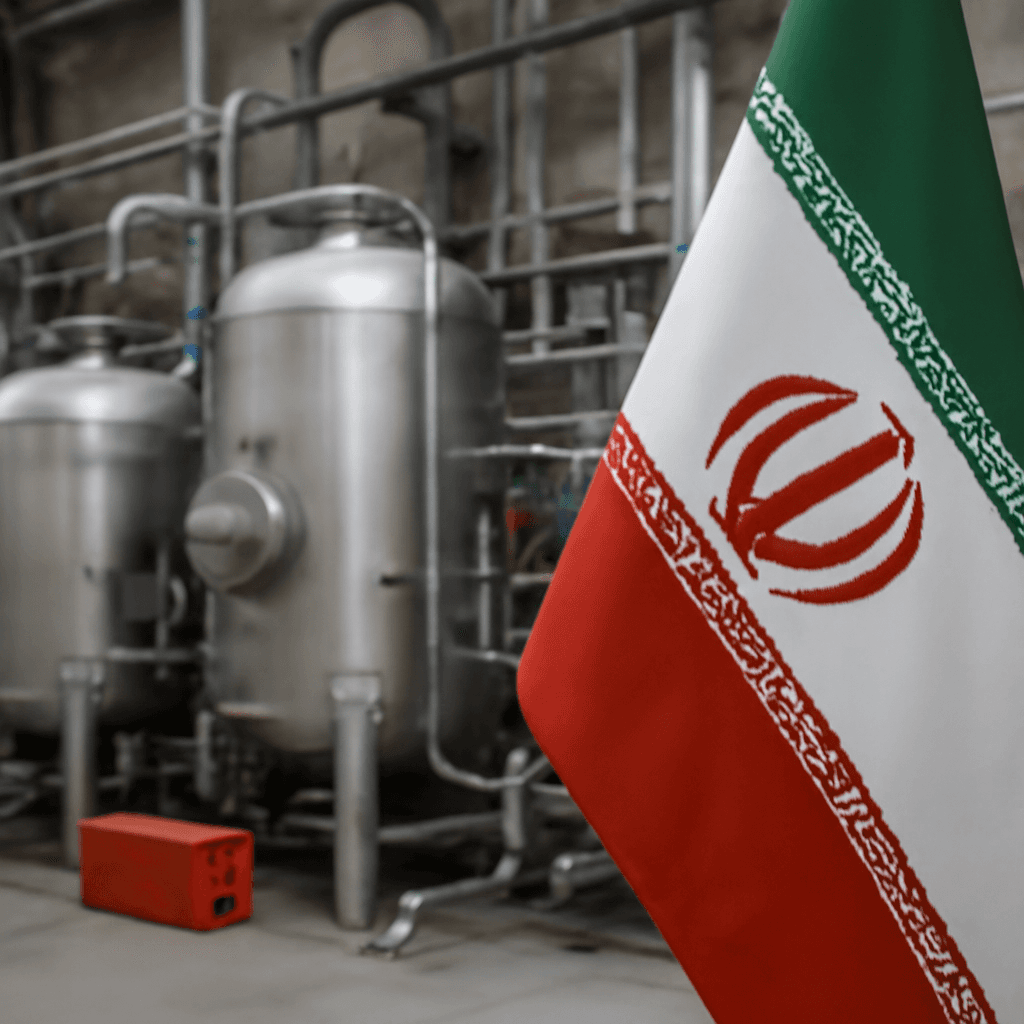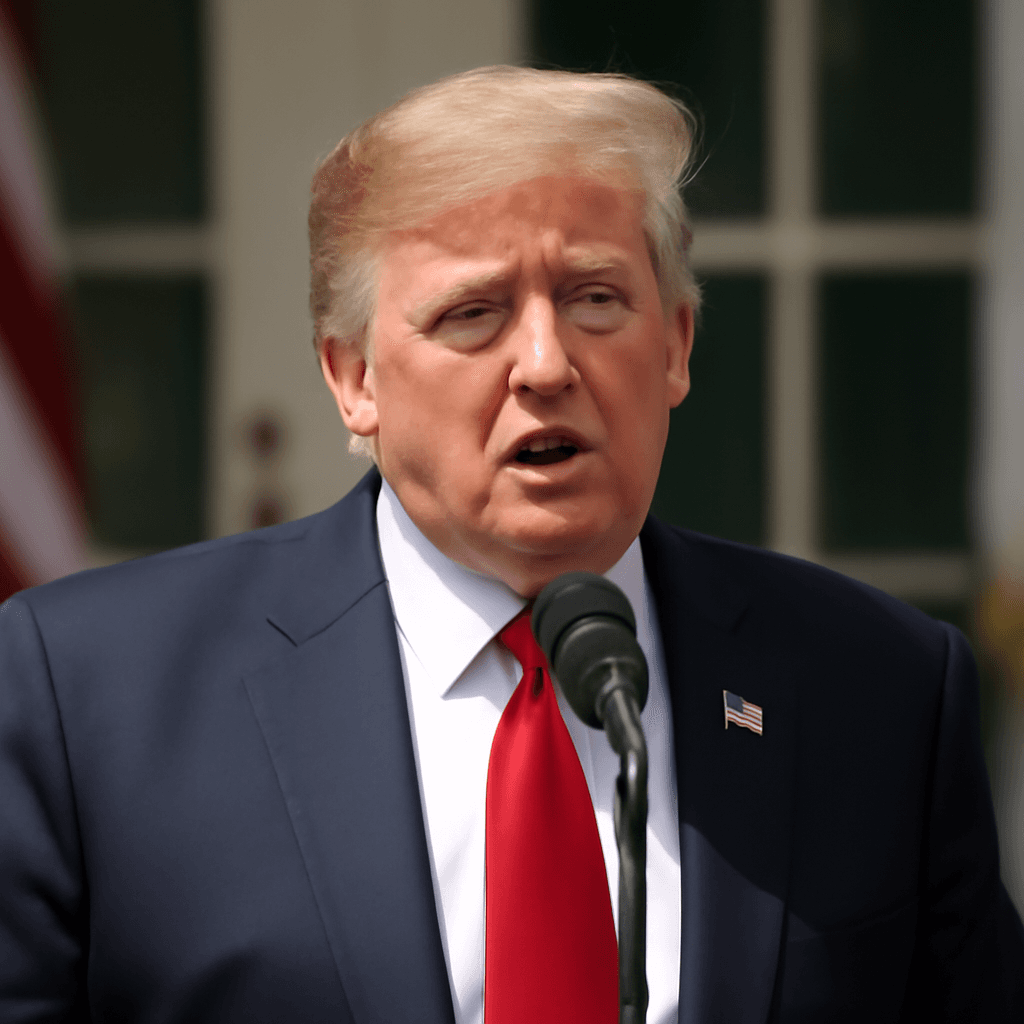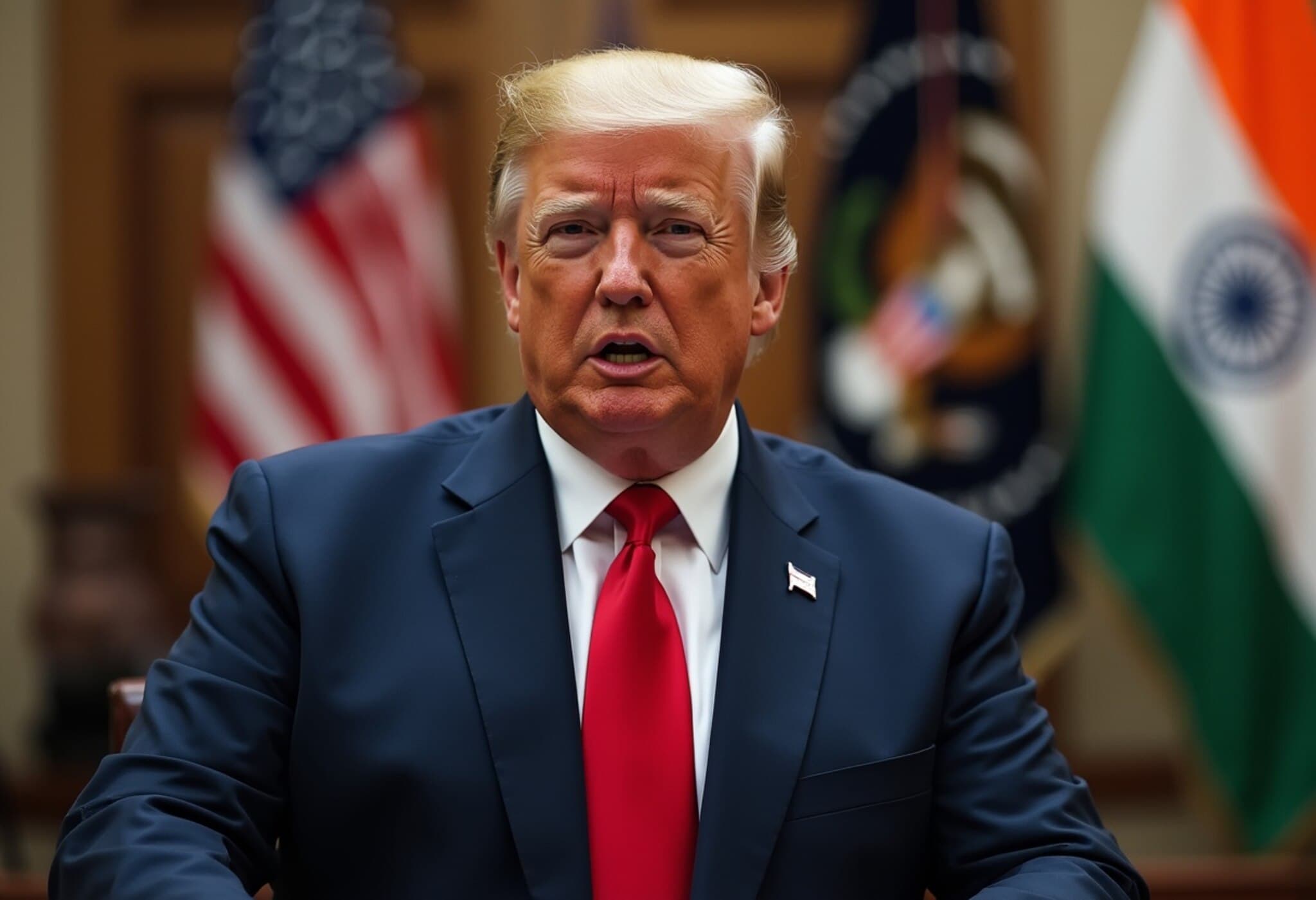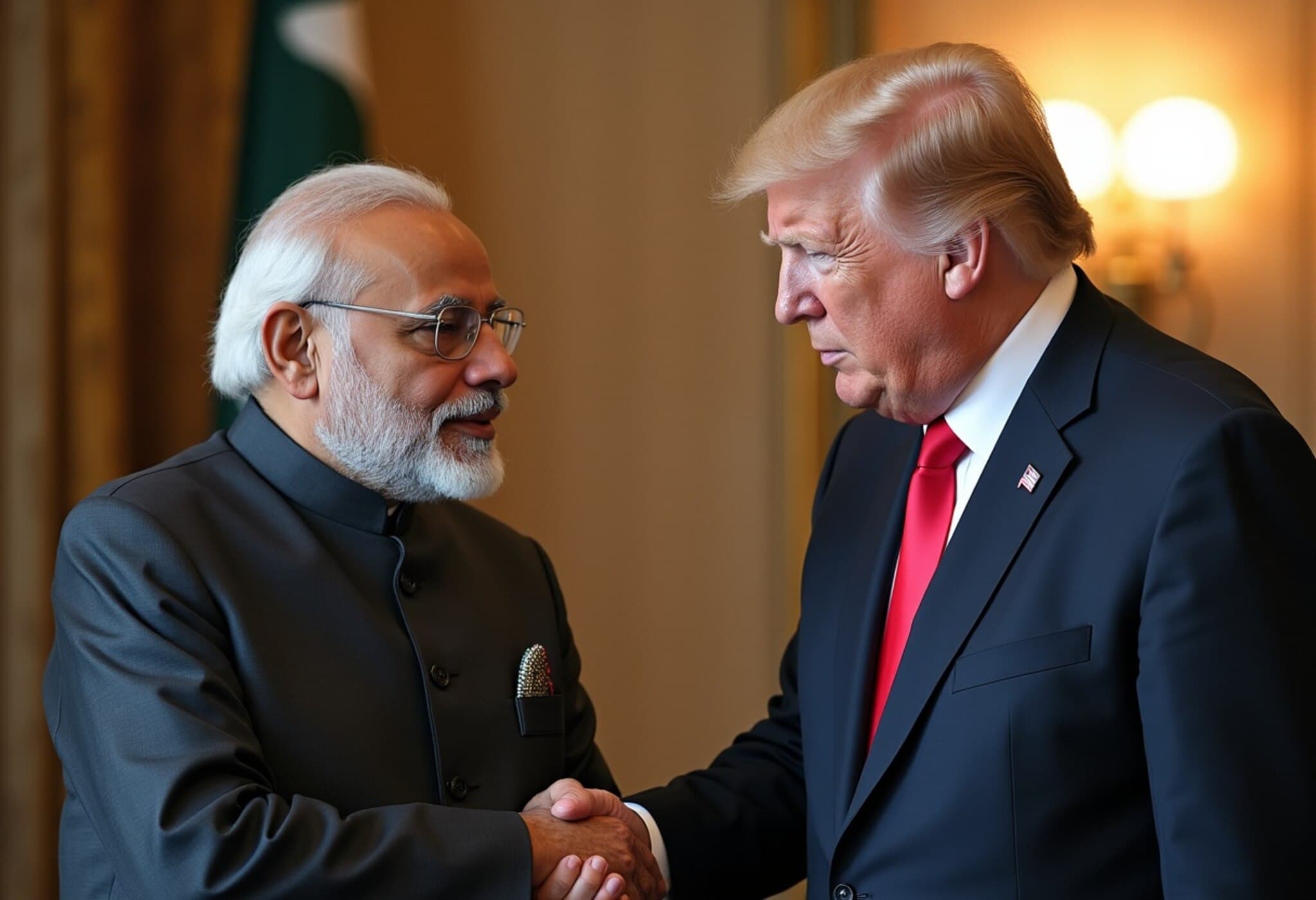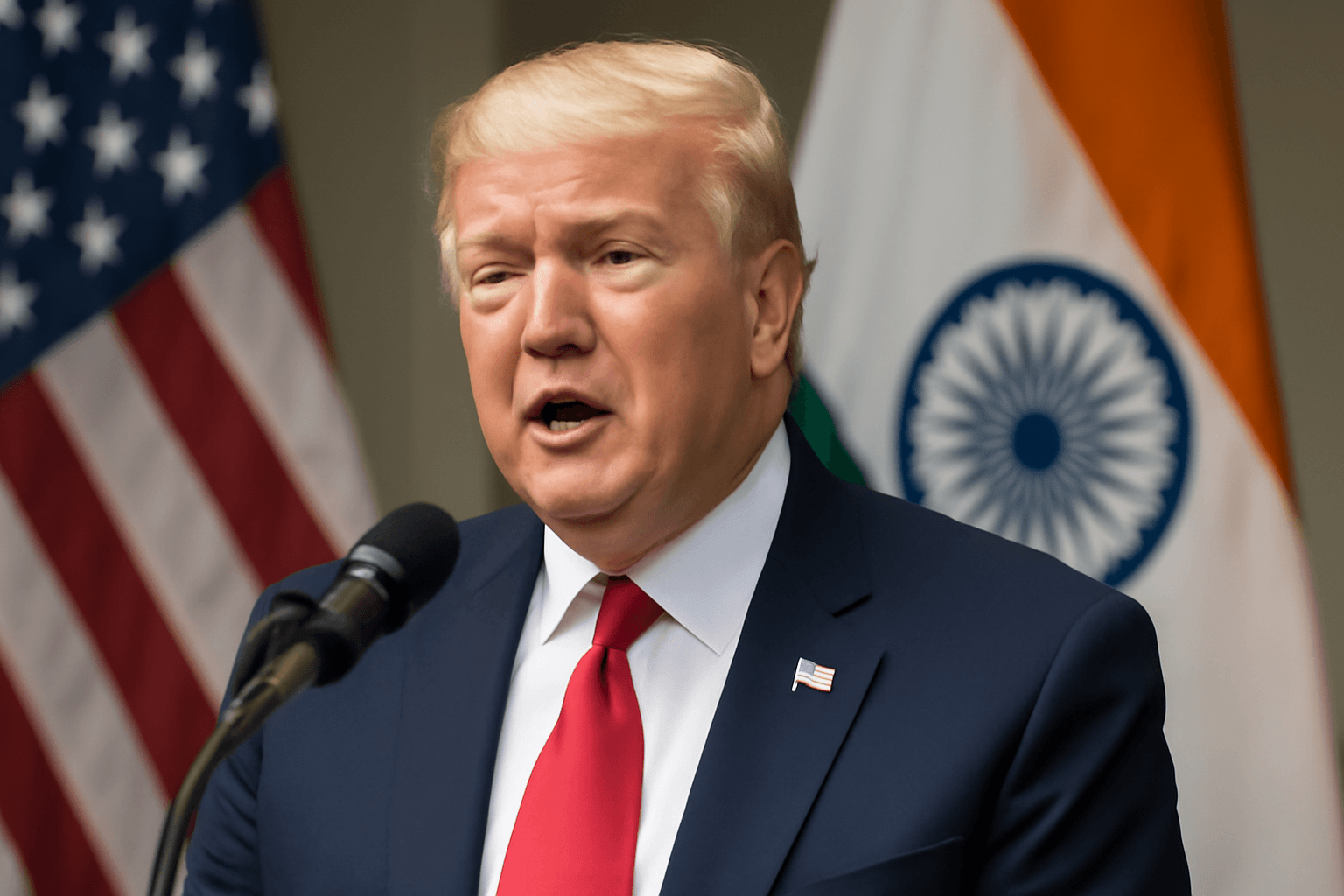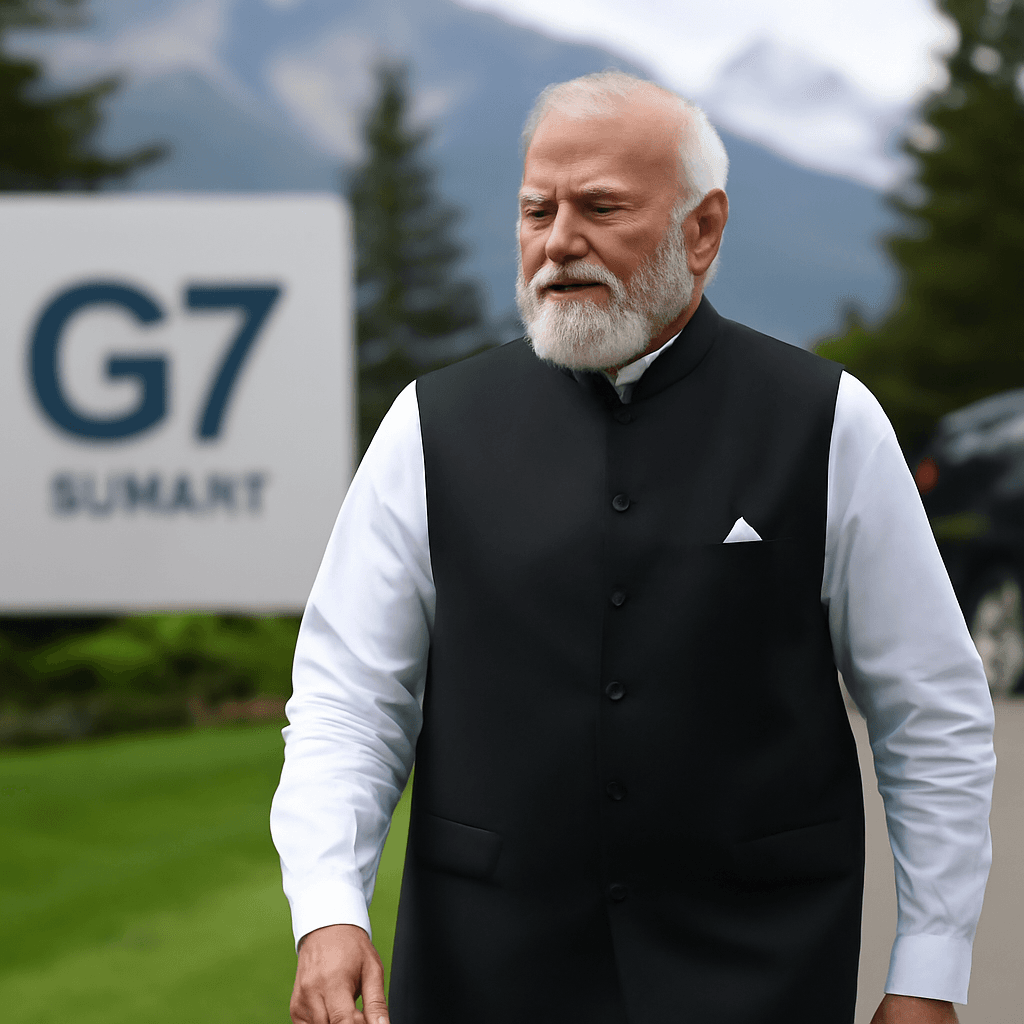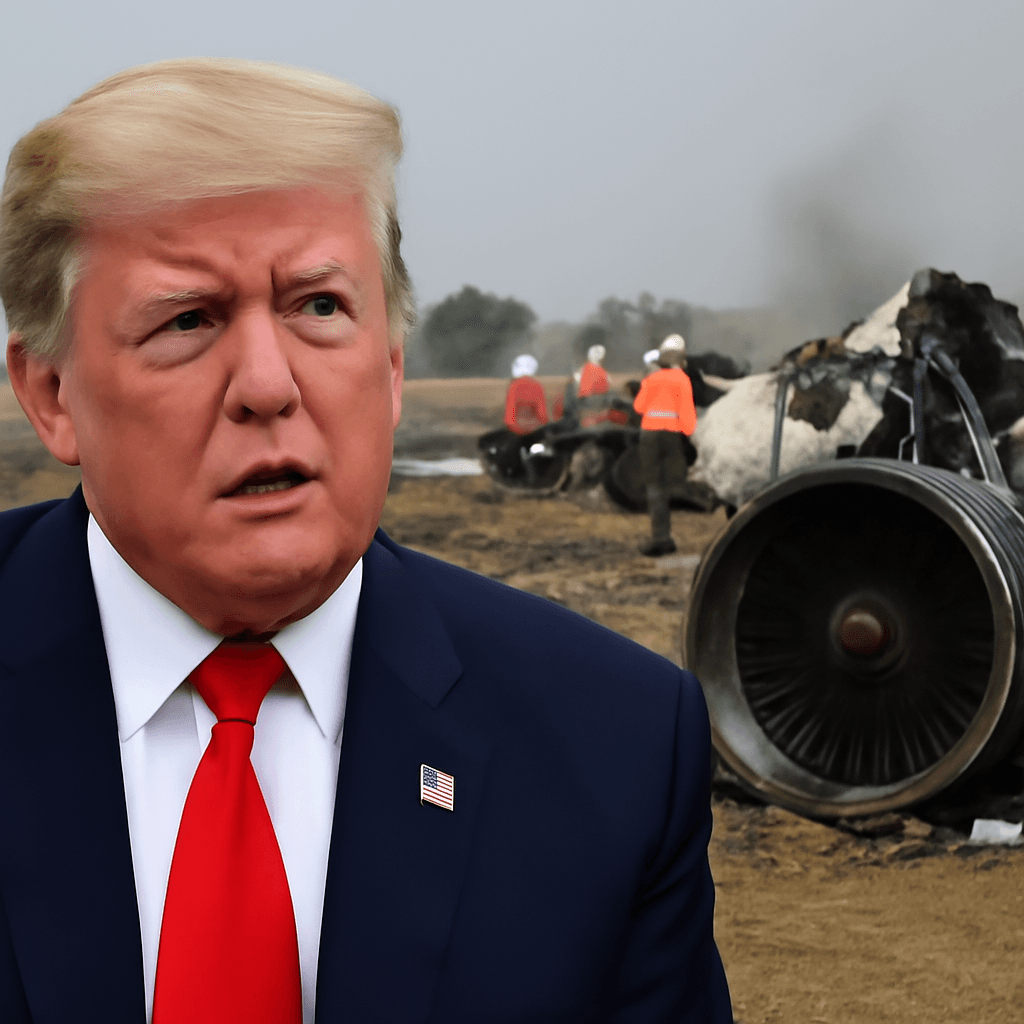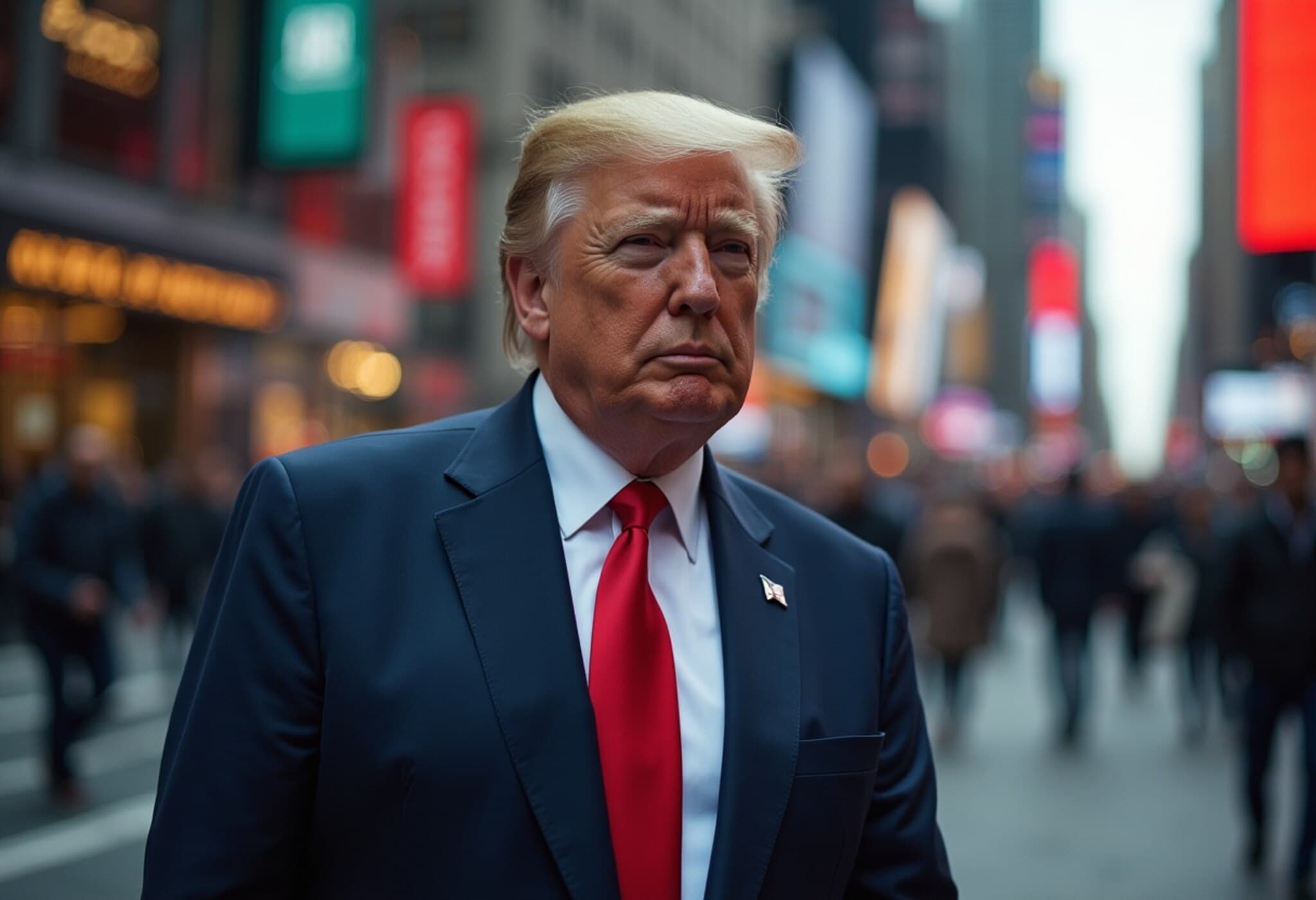From Partnership to Predicament: The US-India Diplomatic Rift Unfolds
What once bore the hallmarks of a warm and strategic friendship between the United States and India has sharply deteriorated following a contentious dispute over the India-Pakistan ceasefire earlier this year. This diplomatic impasse, catalyzed by a fiery phone exchange between former US President Donald Trump and Indian Prime Minister Narendra Modi, has disrupted decades of steadily growing cooperation and threatens to reshape South Asia's geopolitical landscape.
The Ceasefire Controversy: A Spark Ignites an International Rift
In May 2025, India and Pakistan agreed to a ceasefire after a dangerous border skirmish that carried looming nuclear escalation fears. President Trump promptly claimed credit on the global stage, portraying himself as the architect of this de-escalation. However, Indian officials firmly rejected this narrative, emphasizing that the peace agreement resulted solely from confidential bilateral talks initiated at Pakistan's request — notably without any third-party mediation.
This disputed narrative touched a raw nerve in New Delhi, where sovereignty and direct diplomacy remain sensitive pillars of foreign policy. The situation came to a head in June when Trump and Modi engaged in a tense, 35-minute phone call. According to sources close to the matter, Modi firmly reiterated India's refusal to accept any form of mediation in Kashmir-related conflicts, insisting on direct communication channels between the neighboring countries.
Further Flashpoints: Diplomatic Gestures and Strategic Sensitivities
Compounding tensions, the planned White House lunch for Pakistan’s Army Chief Asim Munir — a figure deeply mistrusted by India for alleged connections to militant groups — was perceived in New Delhi as a provocative affront. While India has maintained a more pragmatic stance towards Pakistan’s civilian leadership, a meeting with the military leadership touched a diplomatic raw nerve, ultimately prompting Modi to decline a White House stopover after the G7 summit.
Eroding Trust: From Warm Words to Tariffs
Following these incidents, Washington's tone noticeably hardened. What had once been interactions peppered with camaraderie and the label of “dear friends” gave way to sharp antagonism. By July, Trump imposed a 50% tariff on Indian exports, half of which he directly linked to India’s ongoing purchases of Russian oil — a controversial move affecting both trade dynamics and international energy politics.
This tariff hike followed earlier US tariffs on steel, aluminum, and agricultural products, dangerously stalling the promising trade talks initiated just months prior. These negotiations sought to address long-standing issues including genetically modified crops and market access complexities but foundered amid the ceasefire spat and growing Sino-Russian-Western power plays.
Deeper Implications for India-US Strategic Cooperation
For nearly three decades, successive US administrations have cultivated a robust strategic partnership with India, viewing it as a vital counterbalance to China's rising influence in Asia. The deterioration of relations now threatens not only trade but also shared interests in regional security, counterterrorism, and technology exchanges.
New Delhi’s historic ties with Moscow, dating back to Cold War alignments when the US often sided with Pakistan, are drawing renewed attention. Some policymakers suggest a cautious recalibration toward Beijing, underscored by Prime Minister Modi’s upcoming visit to China for the first time in seven years, intending to meet President Xi Jinping at a pivotal regional summit.
Expert Insight: Navigating Complex Regional Realities
Dr. Anjali Menon, a South Asia policy analyst based in Washington, observes, "This rupture in US-India relations highlights the delicate balance in South Asian geopolitics. While the US pursues a hardline stance against Russia and its allies, India’s pursuit of strategic autonomy requires managing multiple partnerships without alienating critical players. Trump's tariff approach might yield immediate economic leverage but risks long-term strategic setbacks that benefit China most."
What Lies Ahead: Challenges and Opportunities
- Trade Negotiations: New Delhi is exploring targeted agricultural concessions as a means to thaw the tariff impasse without fully capitulating to US demands.
- Strategic Alignments: India may diversify partnerships, carefully balancing Moscow and Beijing while recalibrating expectations with Washington.
- Regional Stability: The ceasefire dispute underscores the fragility in Kashmir and the greater challenge of sustainable peace between India and Pakistan.
Editor’s Note
The recent US-India diplomatic breakdown serves as a potent reminder of how quickly alliances can shift in a tense multipolar world. While economic interests often drive cooperation, national sovereignty and geopolitical realities can erupt with sudden force. As the consequences of this rift ripple through global trade and South Asian security, observers must ask: Can strategic patience and nuanced diplomacy restore a relationship that once seemed unshakeable? Or will short-term tactical gains give way to long-term strategic losses?

